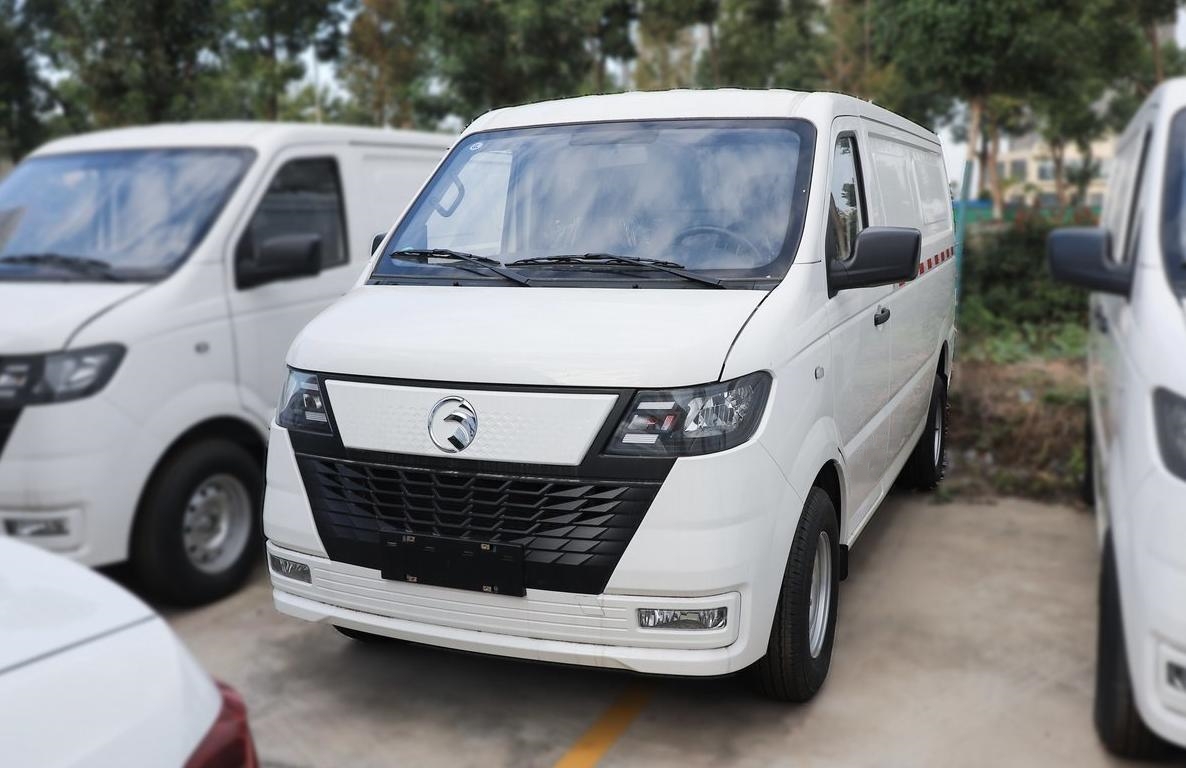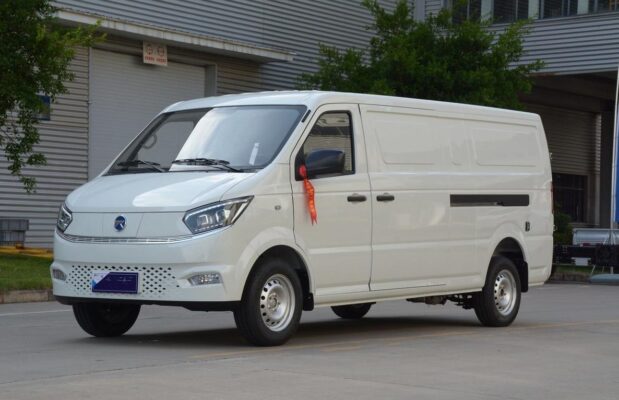Wararka Gawaarida korantada korantada
Waa maxay sababta baabuurta koronto u baahan yihiin dayactir ka yar
Gaari korontos (EVS) u baahan dayactir ka yar sababta oo ah dhismahooda fudud, qaybo ka yar, fududeynta dayactirka, iyo hoos u dhigtay suuragalnimada arrimo farsamo oo caadi ah. Si ka duwan mashiinka dhaqamada gudaha ee caadiga ah (Baraf) gawaarida, EVs ayaa baabi'inaya qaybo badan oo isku dhafan sida crankshafts, isku xidhka ulaha, wadaad, iyo nidaamyada duritaanka shidaalka. Tani waxay si weyn hoos ugu dhigaysaa fursadda ay ku habboon tahay.
The electric motor, the core of an EV’s propulsion system, consists of fewer moving parts, typically just a rotor and a stator. Taas bedelkeeda, ICE engines involve numerous interconnected components operating at high temperatures and pressures, which leads to higher wear and tear. EVs are powered by three main components: the battery, an electric motor, and an electronic control unit. This simplicity eliminates the need for subsystems like the fuel system, exhaust system, and cooling system, all of which are prone to failure in traditional vehicles.
Intaa waxaa sii dheer, EVs often incorporate regenerative braking technology. This system captures kinetic energy during braking and converts it into electrical energy to recharge the battery, reducing the wear on traditional braking components such as pads and rotors. Natiijo ahaan, the likelihood of brake-related repairs is significantly lower.
Why Do Electric Vehicles Have Lower Maintenance Costs?
The lower maintenance costs of gaari korontos can be attributed to their streamlined design and reduced need for regular upkeep. Traditional ICE vehicles require frequent replacements of consumables like engine oil, miirayaasha saliida, air filters, and spark plugs. These items, essential for the proper functioning of a combustion engine, are entirely absent in EVs.
EVs also do not require components like timing belts, transmission fluid, or catalytic converters, which are common sources of maintenance expenses in conventional vehicles. Tusaale ahaan, changing the oil in an ICE vehicle typically costs hundreds of dollars annually, while EV owners are spared this recurring cost.
Waqti badan, EV motors are simpler to repair and maintain than traditional engines. They are less prone to overheating or mechanical failure, and their compact design makes them easier to service. Combined with the absence of emissions systems, EVs have fewer points of potential failure, which translates into lower overall costs for repairs and servicing.
Do Electric Vehicles Have a Longer Lifespan?
Haa, gaari korontos generally have a longer lifespan compared to traditional ICE vehicles. One critical factor influencing the longevity of an EV is its battery life. Advances in battery technology, such as lithium-ion cells, have significantly extended the operational lifespan of EV batteries. Most manufacturers provide warranties ranging from 8 si 10 years or up to 100,000 mayl, showcasing confidence in battery reliability.
Matoorrada korontada, another vital component, also have a longer lifespan due to the absence of combustion processes and reduced internal friction. Unlike ICE engines that degrade over time due to high thermal stress and mechanical wear, electric motors operate with less strain and are less prone to failure.
Ee dib sii dheer, the overall durability of EVs is enhanced by their simplified design, which reduces wear on ancillary systems. Tusaale ahaan, regenerative braking reduces strain on mechanical brakes, and the absence of transmission systems means fewer potential breakdowns. As technology continues to improve, EVs are expected to become even more robust and reliable.
Are Electric Vehicles Challenging to Repair?
Contrary to some misconceptions, electric vehicles are not inherently difficult to repair. While their technology is newer and more specialized, EV manufacturers have established comprehensive service networks and training programs to address repair challenges.
Ugu horeeya, the limited availability of trained technicians and specialized tools posed a challenge for EV repairs. Hase yeeshee, as EV adoption grows, manufacturers and third-party service providers are investing in training programs to equip technicians with the necessary skills. Many automotive schools now include EV-specific courses to prepare future mechanics.
Modern diagnostic tools have also simplified the identification of issues in EVs. Advanced onboard diagnostic systems can detect and report problems in real-time, allowing technicians to pinpoint faults quickly and accurately. While some repairs, particularly those involving high-voltage components, may require specialized equipment, routine maintenance tasks like tire rotations and brake inspections remain straightforward.
What Should EV Owners Consider for Maintenance?
Although electric vehicles require less maintenance overall, some key areas still demand attention to ensure optimal performance and longevity:
- Battery Management: Proper battery care is crucial for maintaining the efficiency and range of an EV. Owners should follow manufacturer recommendations for charging cycles, avoiding deep discharges or overcharging. Keeping the battery within an optimal temperature range and charging at appropriate speeds can significantly extend its lifespan.
- Electric Motor Maintenance: While electric motors require minimal maintenance, periodic inspections can ensure that components like bearings and windings remain in good condition. Ensuring proper cooling and avoiding exposure to extreme conditions can help maintain motor health.
- Software Updates: EVs rely heavily on software for operation, from energy management to driver-assistance systems. Regularly updating the vehicle’s software ensures access to the latest features and improvements.
- Tires and Suspension: EVs are often heavier than ICE vehicles due to their battery packs, which can lead to faster tire wear. Regular tire rotations, alignments, and inspections are essential to maintain safety and performance.
- Nidaamka biriiga: Although regenerative braking reduces wear on traditional brake components, periodic checks are necessary to ensure that the mechanical braking system is functioning correctly.
- Cooling Systems: Some EVs use liquid cooling systems for their batteries and motors. These systems should be inspected and serviced according to manufacturer guidelines.
How Do Maintenance Costs Compare to Insurance Costs?
The relationship between maintenance costs and insurance premiums for electric vehicles can vary. Hal gacan, EVs generally incur lower maintenance costs due to fewer components and reduced servicing needs. Dhanka kale, insurance premiums may be higher for several reasons:
- Repair Costs for Specialized Components: While routine maintenance is cheaper, the cost of repairing or replacing specialized components like battery packs can be higher.
- Higher Vehicle Value: EVs often have a higher upfront cost than comparable ICE vehicles, leading to increased insurance premiums.
- Limited Repair Facilities: In some regions, the limited availability of certified repair centers may contribute to higher insurance costs.
Despite these factors, government incentives and growing market competition are gradually reducing the cost disparity. Many insurers now offer specific policies tailored to EVs, including discounts for using renewable energy for charging.


